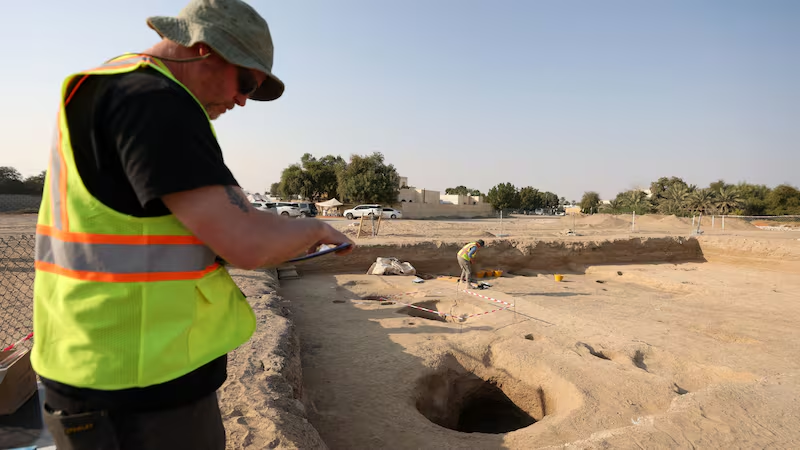
First Major Iron Age Cemetery Discovered in the UAE, Dating Back 3,000 Years
The Department of Culture and Tourism – Abu Dhabi (DCT Abu Dhabi) has announced a groundbreaking discovery in the Al Ain Region: the first major Iron Age cemetery in the UAE. Unearthed by the Archaeology Department of DCT Abu Dhabi’s Historic Environment Department, the approximately 3,000-year-old necropolis offers a fascinating glimpse into a previously unknown aspect of the region’s rich heritage.
Estimated to contain over a hundred tombs, this significant archaeological site houses a variety of burial artifacts, promising to unravel the long-standing mystery surrounding funerary practices in the ancient Emirates.
Jaber Saleh Al Merri, Director of the Historic Environment Department at DCT Abu Dhabi, commented on the discovery: “This discovery promises to transform our understanding of the ancient Emirates. For years, Iron Age burial customs have remained an enigma, but now we have tangible evidence that brings us closer to the people who lived here 3,000 years ago. This reinforces our commitment to preserving, promoting, and protecting Abu Dhabi’s heritage for generations to come.”
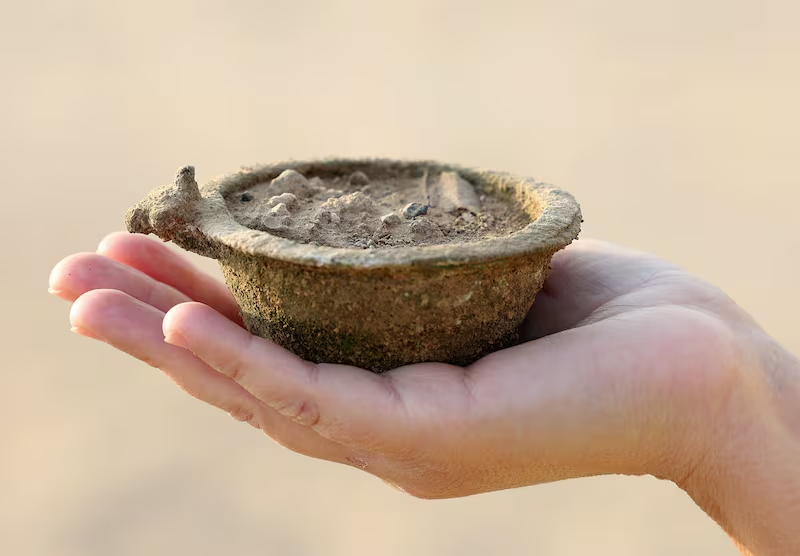
These new findings significantly contribute to DCT Abu Dhabi’s ongoing efforts to gain a deeper understanding of the history and ancient communities of the Arabian Peninsula. As the best-preserved and richly documented single-chamber tomb necropolis from the Iron Age, the new site in the Al Ain Region provides a unique window into the social, cultural, and economic dynamics during a critical phase of the region’s development.
Notably, all the tombs discovered so far show signs of ancient looting. The fragile human remains are being carefully examined by a specialized forensic archaeology team, including an osteoarchaeologist. While laboratory analysis will reveal information about the individuals’ age, sex, and health, ancient DNA analysis holds the potential to shed light on family relationships and migration patterns.
The tombs were constructed by first excavating a shaft approximately two meters deep, followed by tunneling sideways to create an oval burial chamber. After the body and grave goods were placed inside, the entrance was sealed with mud bricks or stones, and the shaft was backfilled. The absence of any surface markers explains why Iron Age tombs had never been found in the Al Ain Region before.

A few small gold jewelry pieces that escaped the looters’ attention offer a hint of what might have once been present. Despite this, the impressive array of grave goods includes richly decorated items, part of a “package for the afterlife,” showcasing high-quality craftsmanship in various mediums such as pottery, carved soft stone, and metalwork.
Drinking sets, including spouted vessels, bowls, and small cups, were found alongside numerous copper alloy weapons such as spearheads and arrow tip holders. The latter often show preserved wood and filament traces from their shafts, and in one instance, the imprint of the quiver that held them seems to have been preserved. Shell cosmetic containers, bead necklaces and bracelets, rings, and razors were also among the numerous personal items discovered.
The Iron Age played a vital role in the development of the oasis landscape of the Al Ain Region. Approximately 3,000 years ago, at the beginning of the Iron Age, the invention of the falaj, a form of underground aqueduct, triggered a period of sustainable agricultural intensification and expansion that created the characteristic oasis landscape of the UAE.
Iron Age villages, fortresses, temples, aflaj, and ancient palm gardens have been found in the Al Ain Region by archaeologists who have been working in the area for over 65 years. However, until recently, the location of Iron Age cemeteries and funerary practices remained a mystery.
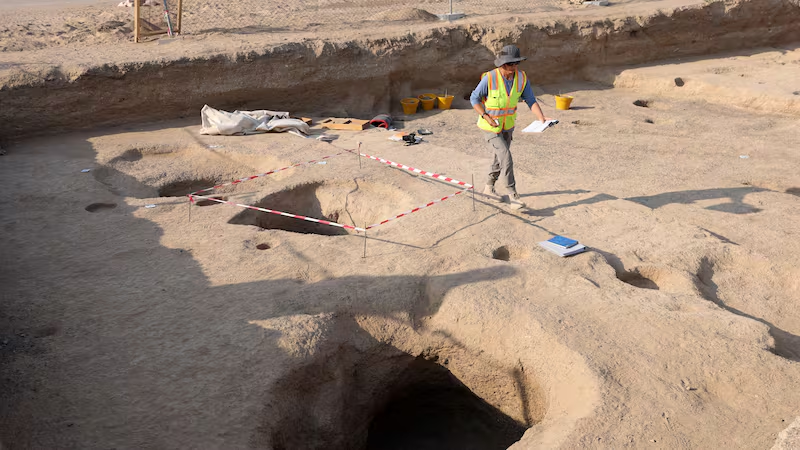
Tatiana Valente, Field Archaeologist at DCT Abu Dhabi, stated: “We know how people buried their dead during the Bronze Age and the Late Pre-Islamic period, but the Iron Age was always a missing piece of the puzzle. We are now in a position to understand the evolution of burial customs over time and what these changes tell us about the beliefs and traditions of the people who lived here.”
This groundbreaking discovery is part of the Al Ain’s Funerary Landscapes Project, established to investigate the increasing number of pre-historic tombs found during construction works in 2024. The project is a testament to DCT Abu Dhabi’s commitment to the research of the UNESCO World Heritage Site of Al Ain.
The Cultural Sites of Al Ain were added to the UNESCO World Heritage List in 2011 in recognition of their outstanding universal value. This latest discovery provides further context to the development of pre-historic cultures in the region and the management of water in a landscape characterized by oases, deserts, and mountains. This significant find reaffirms the UAE’s rich and diverse history, a valuable heritage to be preserved and understood for future generations.
Source: DCT Abu Dhabi
You may also like
- First Major Iron Age Cemetery Discovered in the UAE, Dating Back 3,000 Years
- Astonishing Kültepe Tablets: Some Everyday Turkish Words Date Back 4,500 Years!
- Gümüşler Monastery: The Petra of Anatolia and the Enigmatic Smile of the Virgin Mary
- Tomb of Prince Waser-If-Re Unearthed in Saqqara
- Archaeological Treasures Dating Back to the 4th Century BC Unearthed in King Abdulaziz Royal Reserve
- 1,700-Year-Old Roman Altar Unearthed at Vučak Castle in Kosovo
- First Mesolithic Human Figurine Found in Damjili Cave in Azerbaijan
- Spectacular Iron Age Artifacts Unearthed at Celtic Necropolis in Creuzier-le-Neuf, France
- The Steiermark Coat of Arms and Other Centuries-Old Inscriptions Discovered in Jerusalem’s Room of the Last Supper
- Vast Roman Horse Cemetery Belonging to Cavalry Unit Discovered in Germany

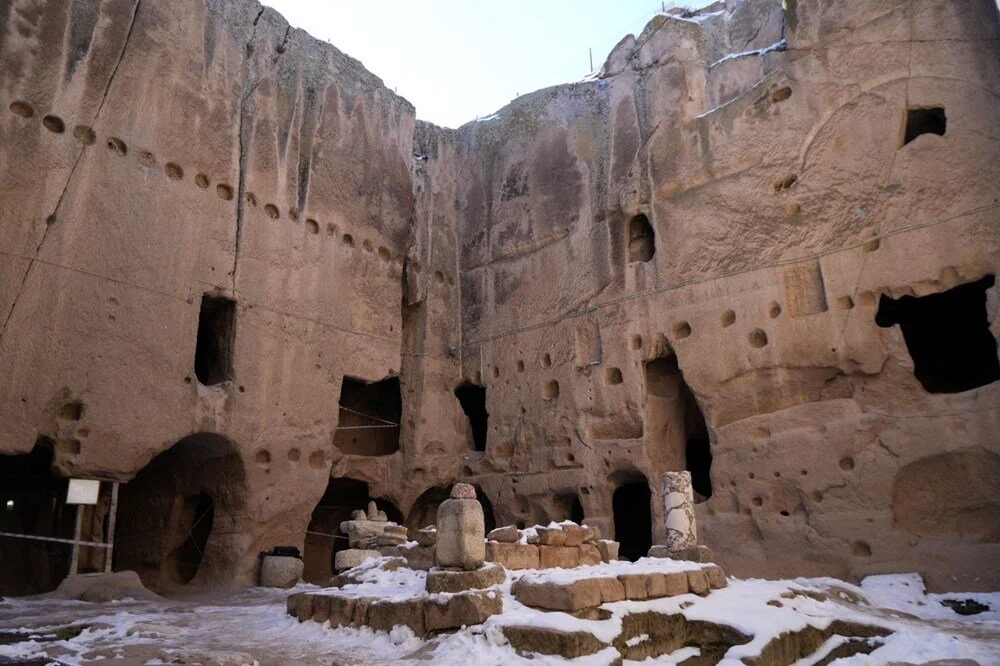
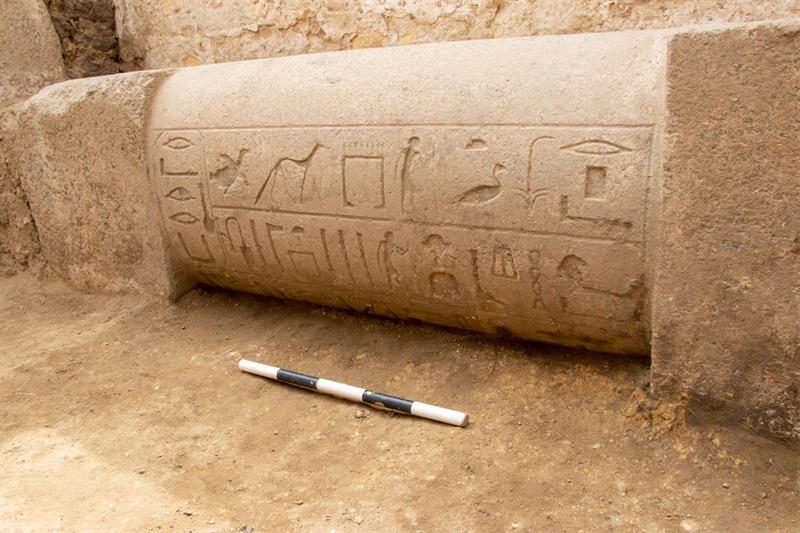
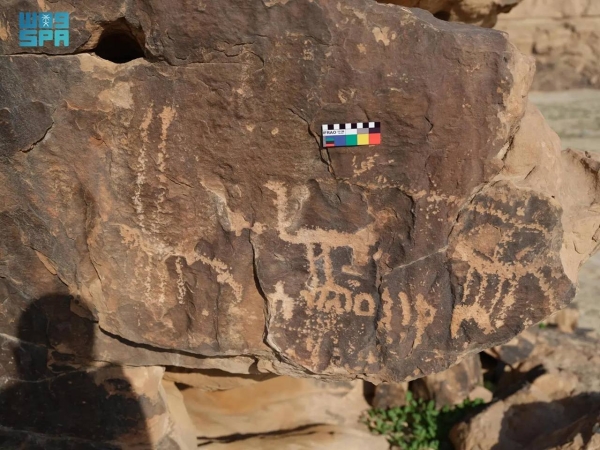
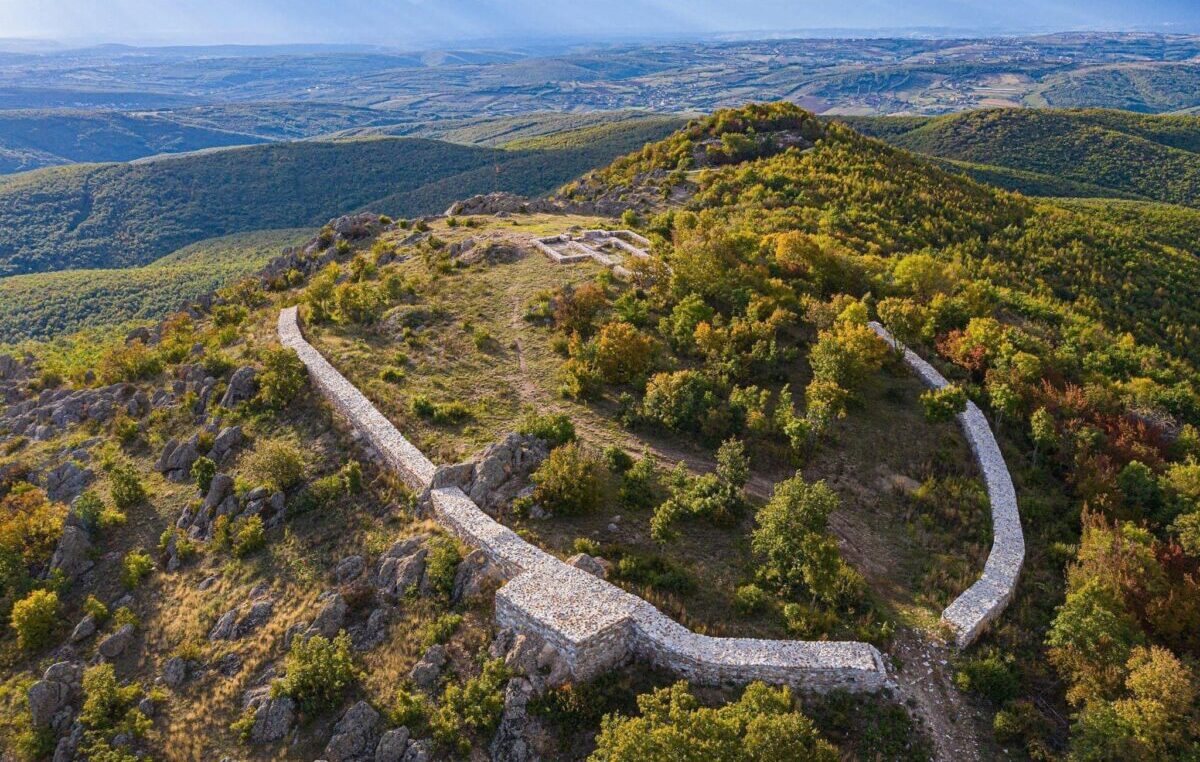

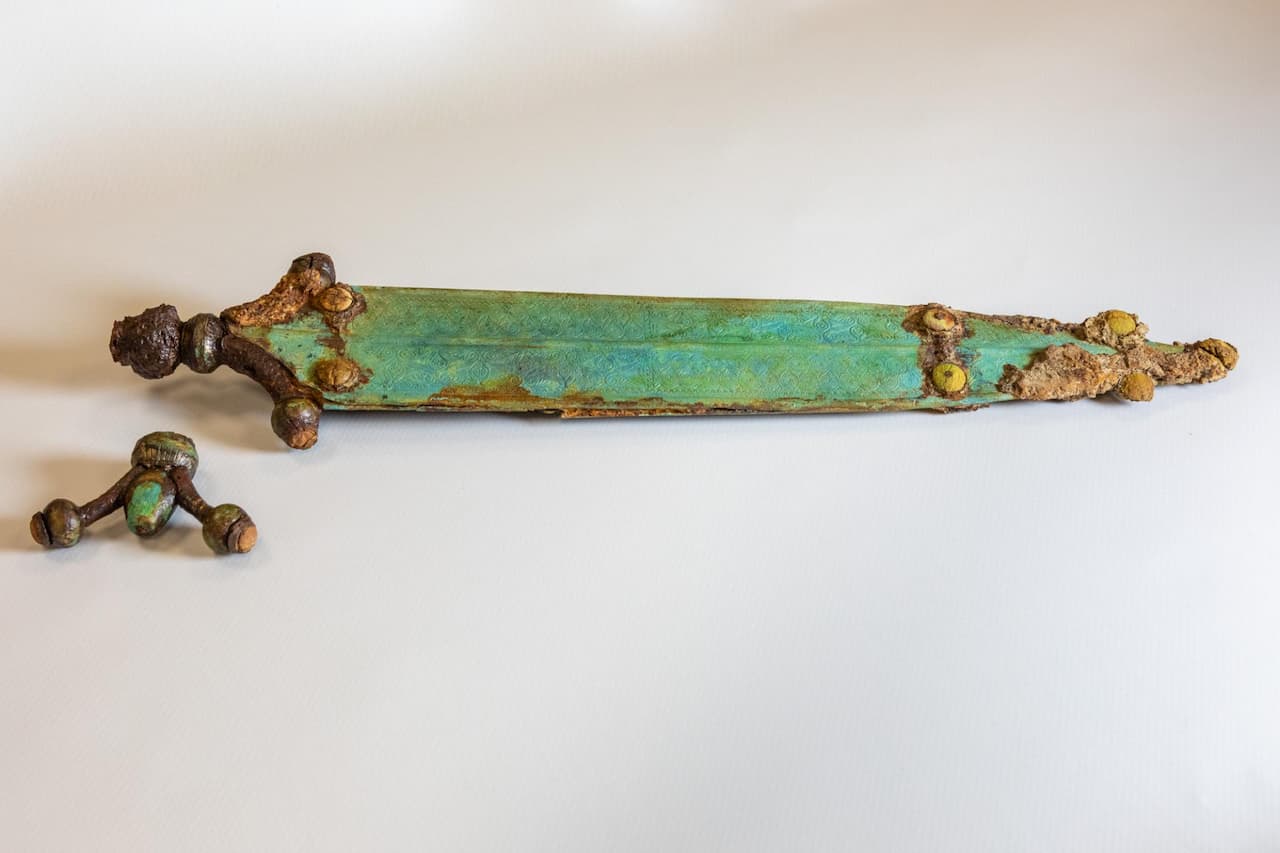
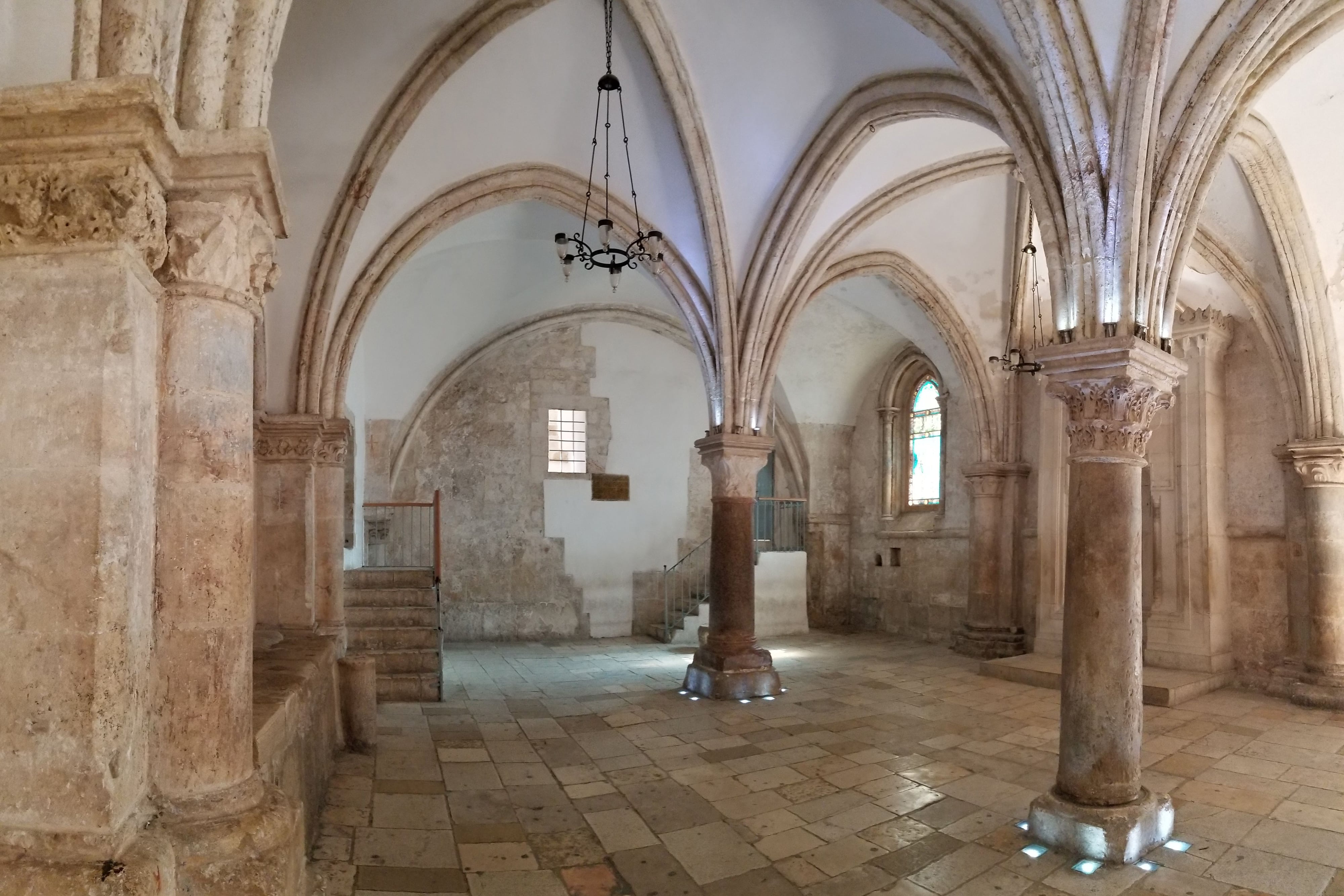
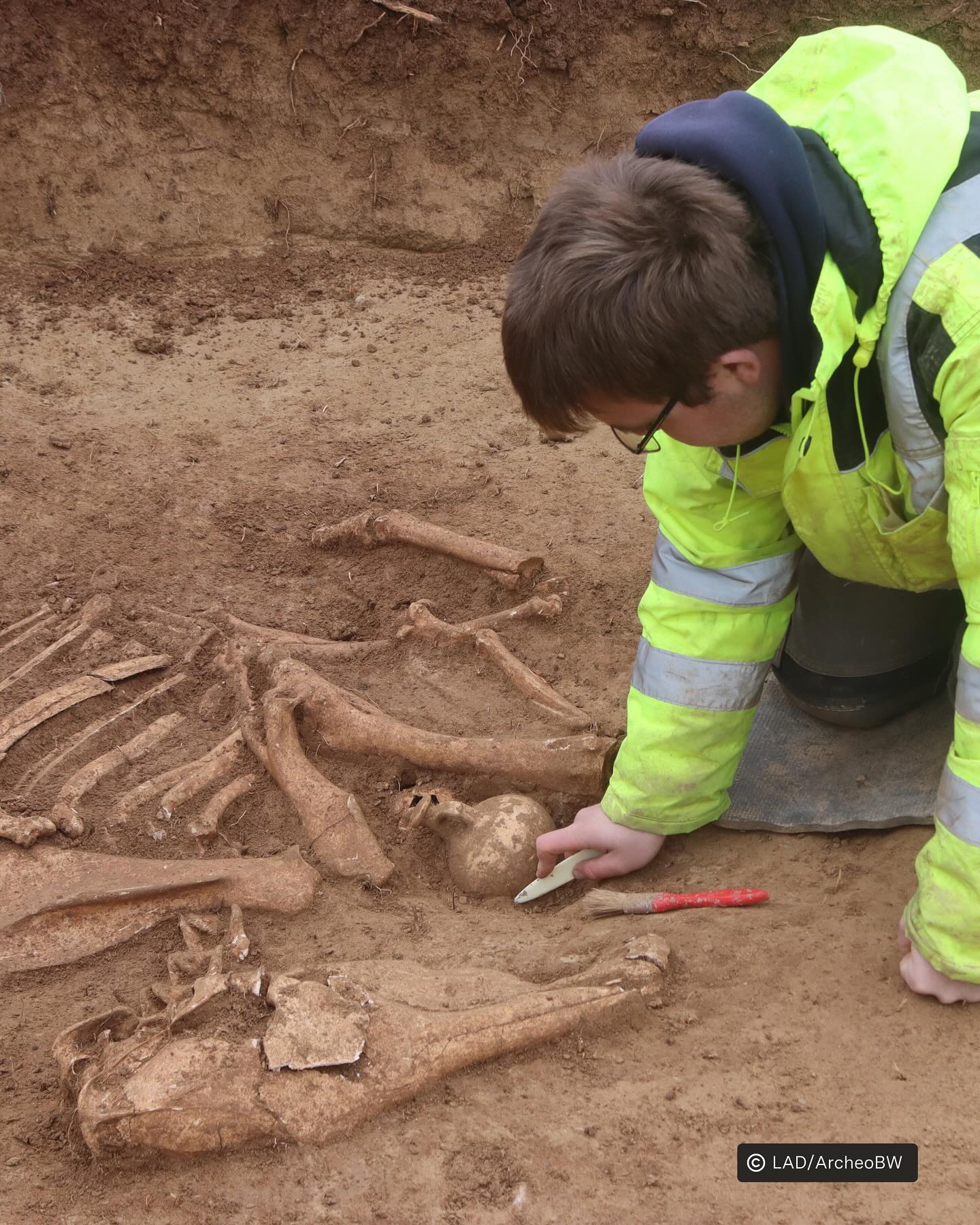
Leave a Reply